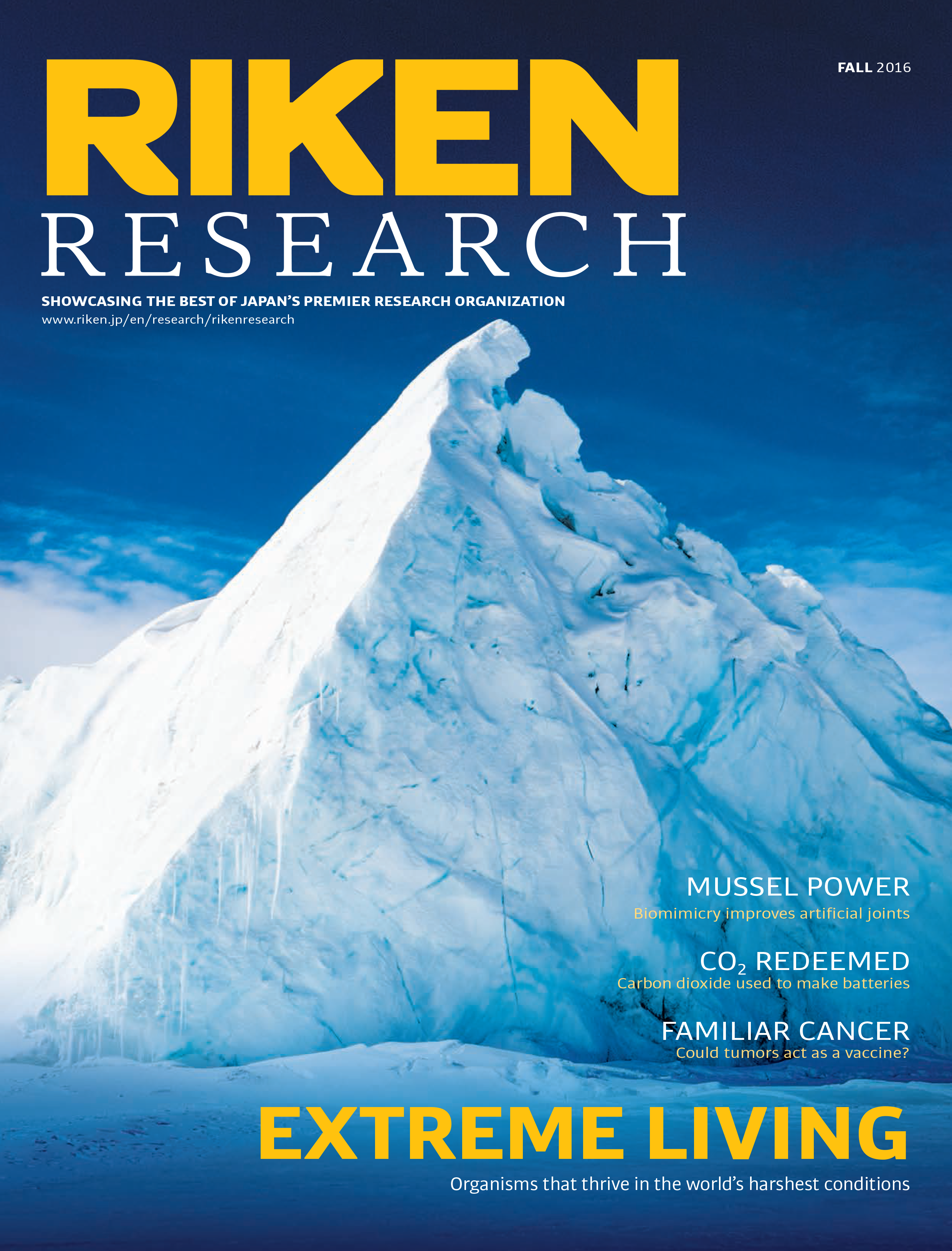
RIKEN Research Fall Issue
Fall is here, and with it comes the latest issue of RIKEN Research. This issue covers tactile learning during sleep, supercomputers and simulations, solar cells, fly olfaction, tumor vaccines, and more

Fall is here, and with it comes the latest issue of RIKEN Research. This issue covers tactile learning during sleep, supercomputers and simulations, solar cells, fly olfaction, tumor vaccines, and more
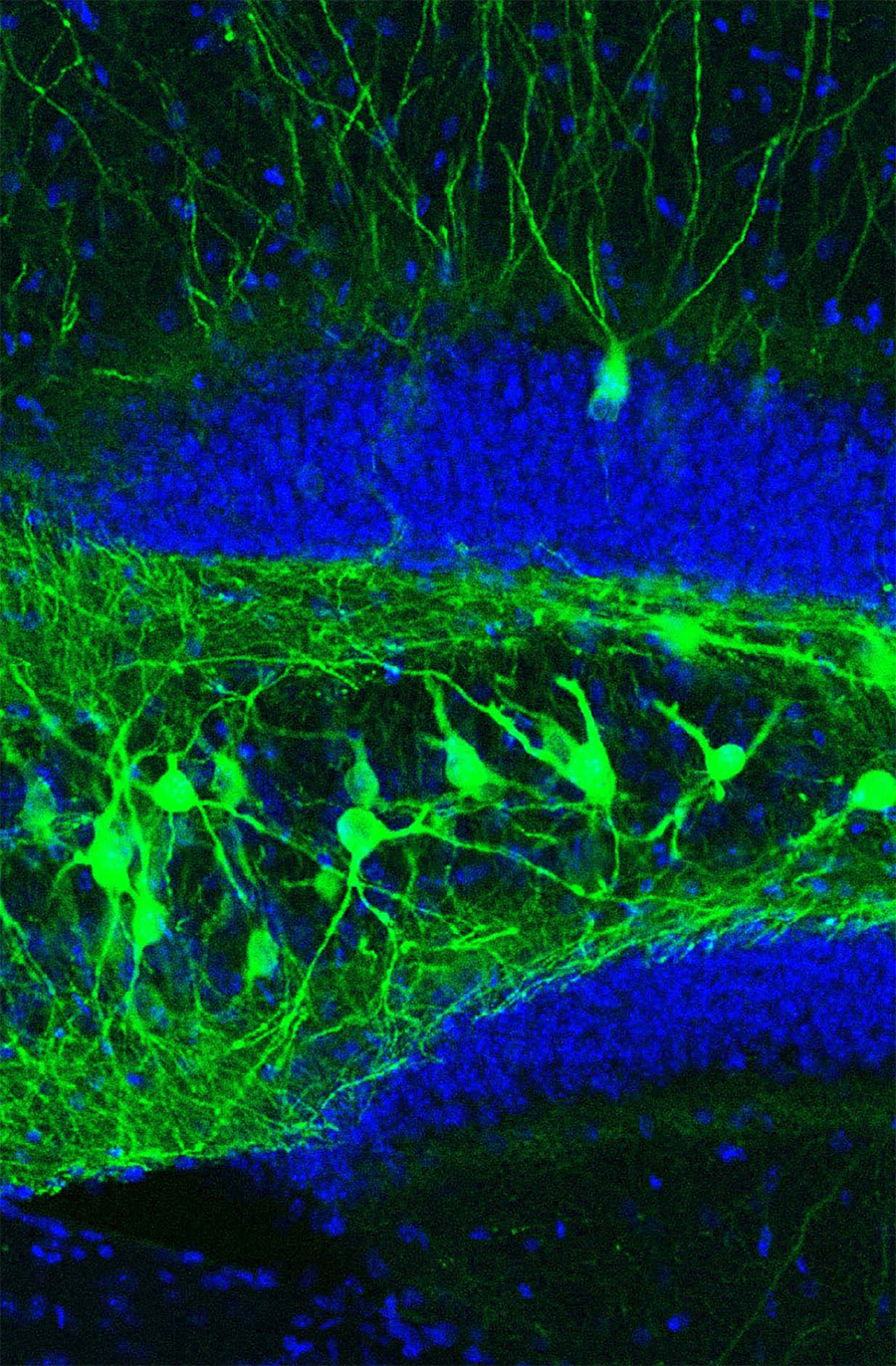
Scientists have identified where social memories are stored in the brains of mice. Mice are forgotten because memories cannot be retrieved.
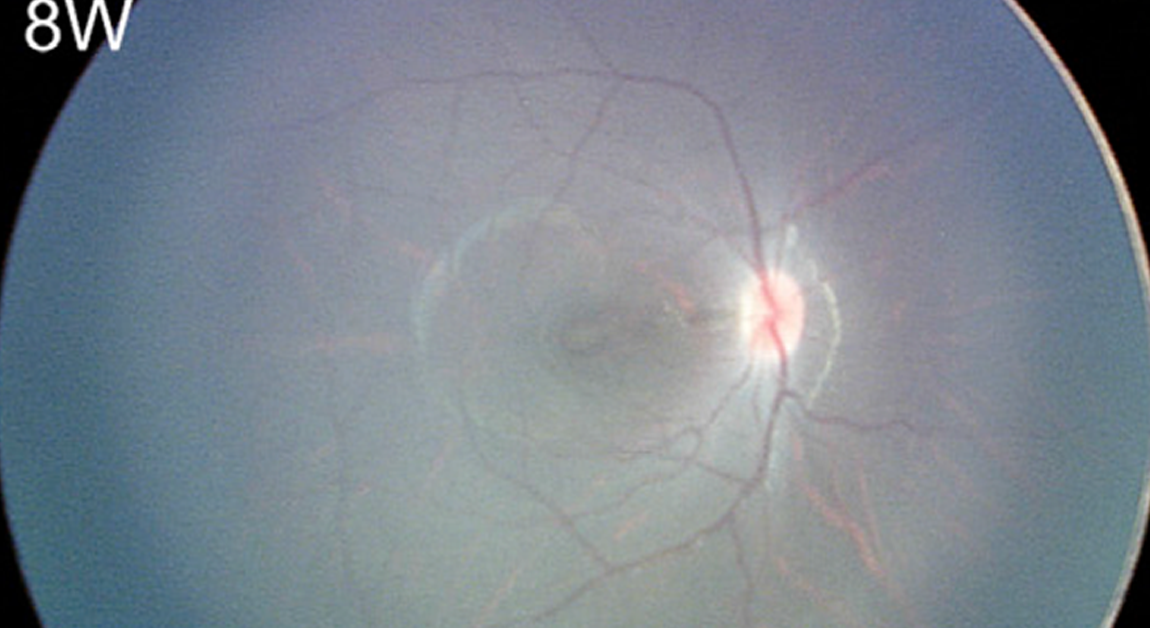
iPS cell-derived retinal cells have been successfully transplanted from one monkey to another without need of immunosuppressant drugs.
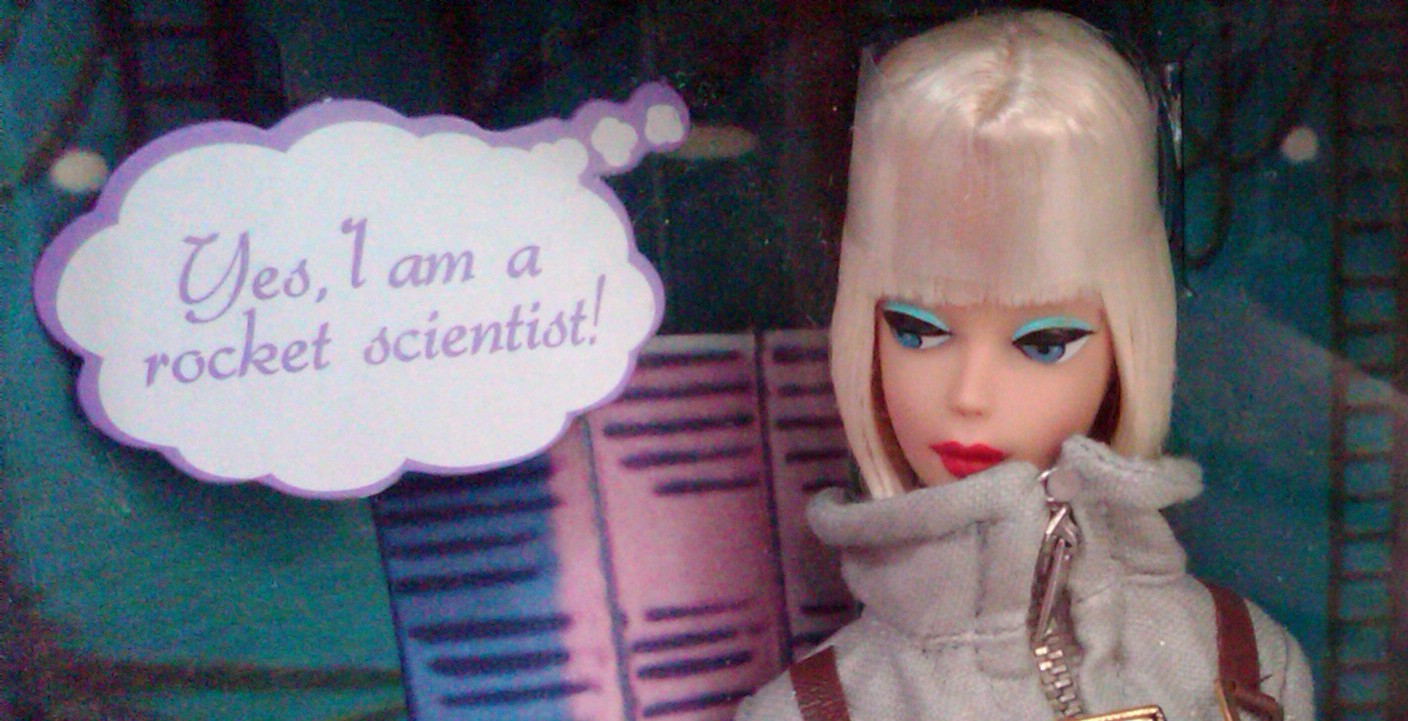
neuroamanda talks about gender equality for female scientists is Japan.
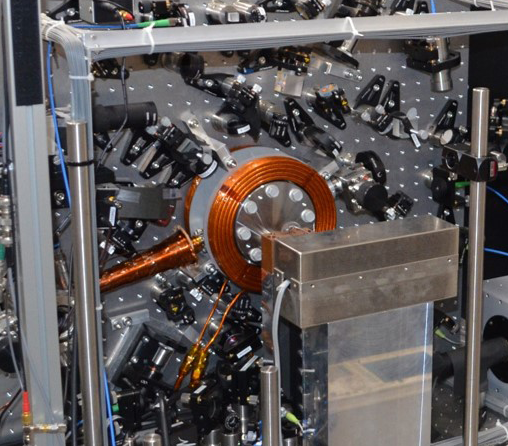
Measuring altitude using atomic clocks seems like a crazy idea, but it’s already being done at RIKEN in Japan
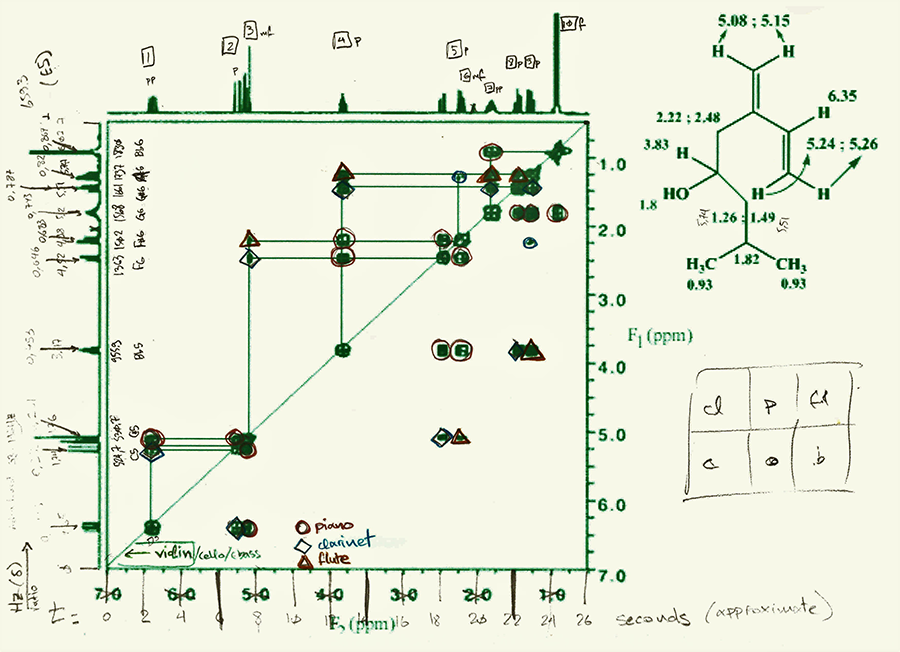
Science & art: how NMR works and how NMR spectra have been used to compose music based on molecular structures.
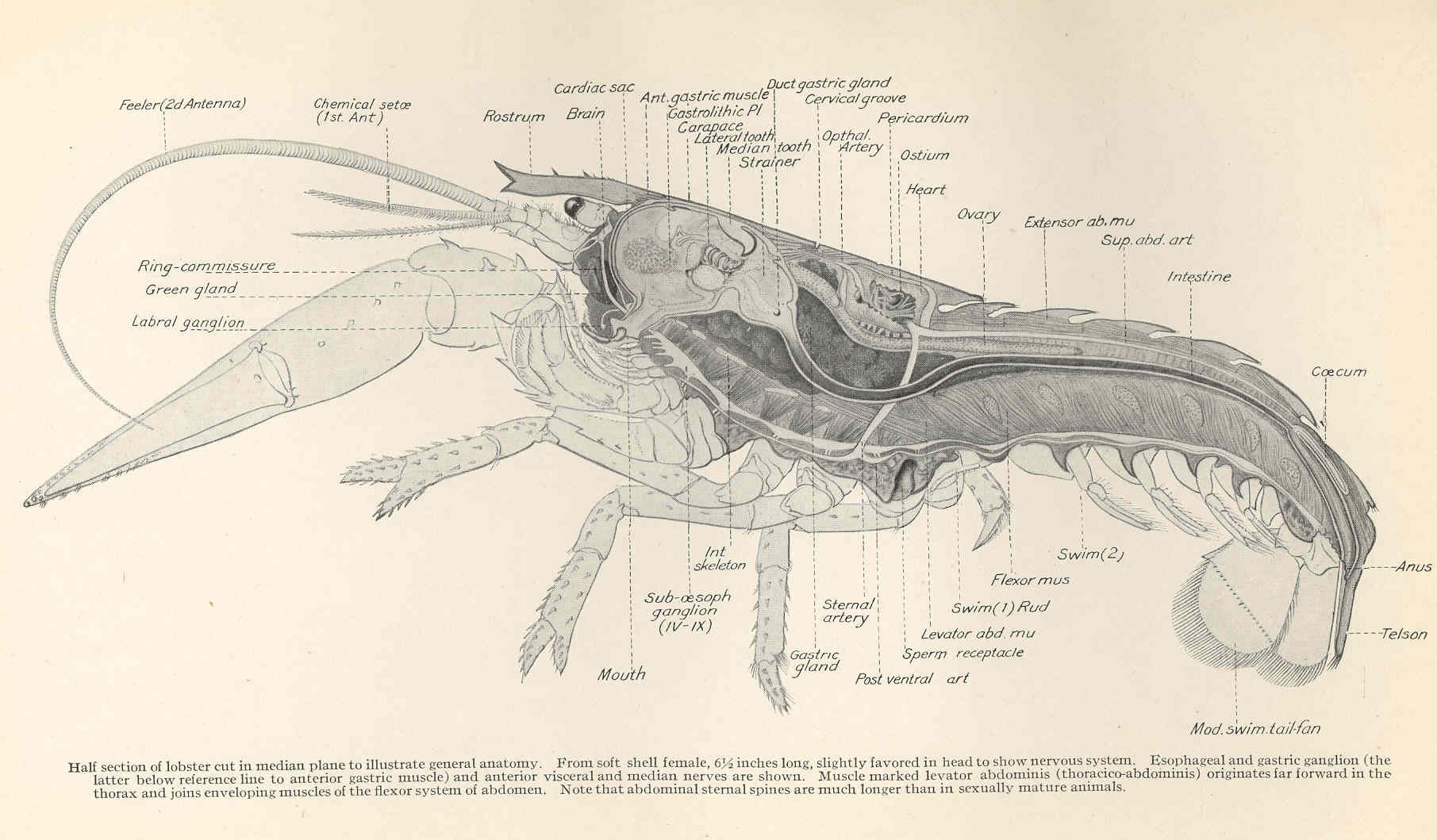
None of us would get on a plane that had its parts changed in mid-air, says Eve Marder, who has spent her career probing a very specific cluster of crustacean nerve cells. Yet we are all walking around undergoing a constant turnover of cellular parts, and so are the lobsters and crabs Marder studies.
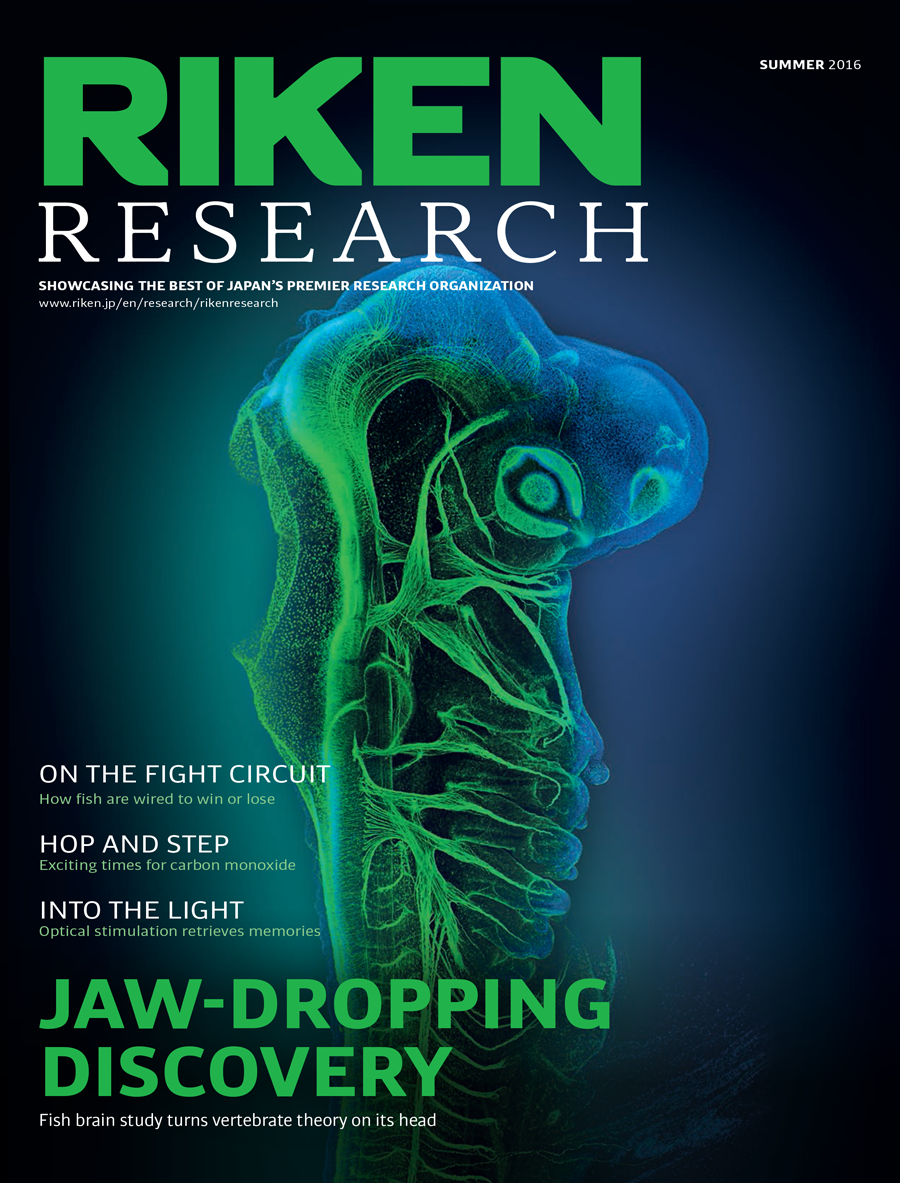
A quick post to let you know that the Summer issue of RIKEN Research Magazine came out towards the end of June. This issue covers brain evolution, regenerating skin, super-clear synapses, and much much more! Enjoy!

Highlights from the recent EuroScience Open Forum (ESOF) conference held in Manchester (actually, pre-ESOF). Science was everywhere, even out by the sheep
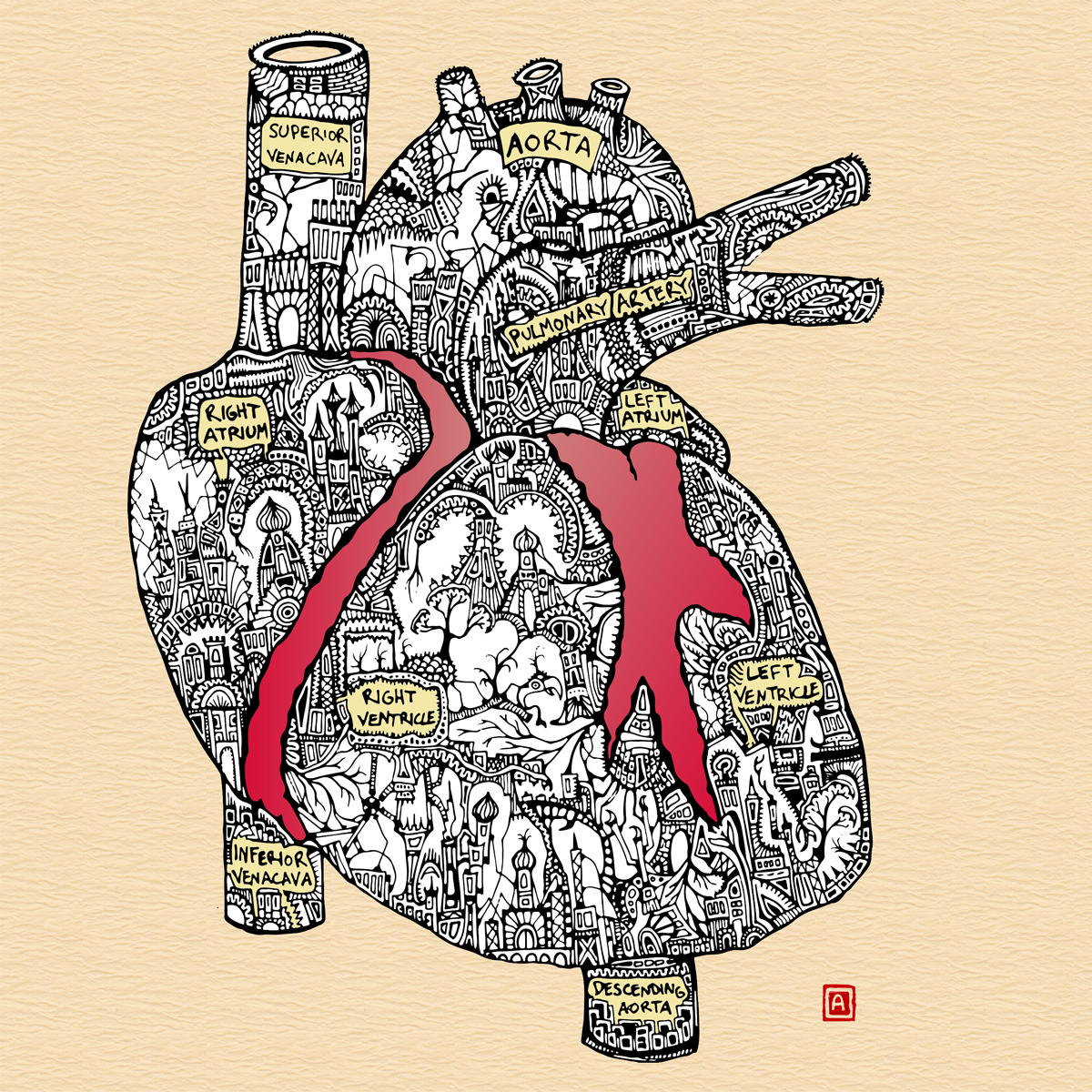
A rant about right-brain/left-brain pseudoscience and a call for science-inspired art. Scientists can be artists (and artists can be scientists)!